 |
 |
 |
| |
Heart Disease Prevention Inadequate in Large Older HIV Cohort
|
| |
| |
18th International Workshop on Comorbidities and Adverse Drug Reactions in HIV, September 12-13, 2016, New York
Mark Mascolini
Clinicians treating older adults with HIV fell short in preventing cardiovascular disease (CVD) by managing blood pressure and lipids adequately, according to a 1000-person analysis of the Netherlands AGEhIV Cohort [1]. Compared with the HIV-negative control group, HIV-positive people had higher predicted CVD risk and CVD prevalence.
Voluminous research confirms the heightened risk and rates of CVD in diverse HIV populations. Both primary and secondary prevention could diminish the CVD burden in people with HIV, improving quality of life and extending survival. The AGEhIV group conducted this analysis to determine the prevalence of CVD risk factors in HIV-positive and negative cohort members and to see how closely clinicians adhere to Dutch cardiovascular risk management guidelines.
The AGEhIV cohort includes almost 600 HIV-positive people 45 years old or older and a similar number of HIV-negative people selected to reflect the HIV group in most demographic and lifestyle factors [2]. HIV-negative controls are recruited from a sexually transmitted disease clinic to boost the likelihood that their lifestyle resembles that of the HIV group. Netherlands guidelines provide recommendations for primary prevention with lipid-lowering drugs and antihypertensives and for secondary prevention with those agents and with antiplatelets.
This analysis focused on 528 HIV-positive people and 521 HIV-negative people who completed their AGEhIV first-visit questionnaire. Median age was 53 in the HIV group and 52 in the control group. Respective proportions of men were 89% and 85% and of men who have sex with men 75% and 70%. None of these differences were statistically significant. People with HIV had been diagnosed with the virus for a median of 12 years, 95% were taking antiretroviral therapy, and 97% had a viral load below 400 copies.
A significantly higher proportion of the HIV group already had cardiovascular disease, 10% versus 5% (P = 0.003). Significantly higher proportions of people with HIV had an intermediate 10-year CVD risk (22% versus 20%) or a high 10-year risk (16% versus 10%) (P = 0.004). Significantly higher proportions of HIV-positive people had four CVD risk factors: lipids above target (about 22% versus 15%, P = 0.006), physical inactivity (about 55% versus 48%, P = 0.004), systolic blood pressure above target (about 16% versus 11%, P = 0.05), and current smoking (about 31% versus 25%, P = 0.009). The groups did not differ significantly in proportions with obesity, diabetes, or heavy alcohol use (all 10% or lower).
In a primary-prevention analysis of high-risk people, the HIV-positive and negative groups had similar high proportions with above-threshold systolic blood pressure (57% and 60%, P = 0.74). Respective proportions with systolic pressure above threshold were also high and statistically similar in a secondary-prevention analysis (42% and 52%, P = 0.48). Considerable proportions of HIV-positive people with above-threshold blood pressure were not taking antihypertensives for primary prevention (about two thirds) or secondary prevention (about 40%).
Even higher proportions of HIV-positive and negative people had low-density lipoprotein cholesterol and total-to-high-density lipoprotein ratios above recommended cutoffs. In the primary-prevention analysis, 81% of both groups were above these lipid cutoffs. In the secondary-prevention analysis, 57% with HIV and 71% without HIV (P = 0.33) were above cutoffs. Large fractions of HIV-positive people with above-cutoff lipid values were not taking antilipid agents for primary prevention (about 85%) or secondary prevention (about 56%).
The AGEhIV team concluded that older HIV-positive people had higher predicted CVD risk and CVD prevalence than a similar group of people without HIV. On the basis of their findings, they stressed that "management of blood pressure, lipids and use of CVD preventive medication is suboptimal and can be improved." Among study limitations, the researchers noted that they did not record reasons for not using cardiovascular drugs and for not achieving targets. Such data might yield good reasons why some clinicians or patients might not follow treatment guidelines.
References
1. van Zoest RA, van der Valk M, Wit FW, et al. Primary and secondary cardiovascular prevention is suboptimal in HIV-infected patients: results from the AGEhIV Cohort Study. 18th International Workshop on Comorbidities and Adverse Drug Reactions in HIV, September 12-13, 2016, New York.
2. Schouten J, Wit FW, Stolte IG, et al. Cross-sectional comparison of the prevalence of age-associated comorbidities and their risk factors between HIV-infected and uninfected individuals: the AGEhIV cohort study. Clin Infect Dis. 2014;59:1787-1797. http://www.natap.org/2014/HIV/090314_03.htm

from Jules: you can see projections for the large increase in 3+ comorbidities for HIV+ - and how that compares with HIV-egatives - for HIV+ having 3 or more comorbidities doubles for HIV+ from when they are in their 50s to after reaching 65 years old. By 2030 they project over 50% will have 2 comorbidities and about 30% with 3+ comorbidities. The healthcare burden & costs alone are staggering.

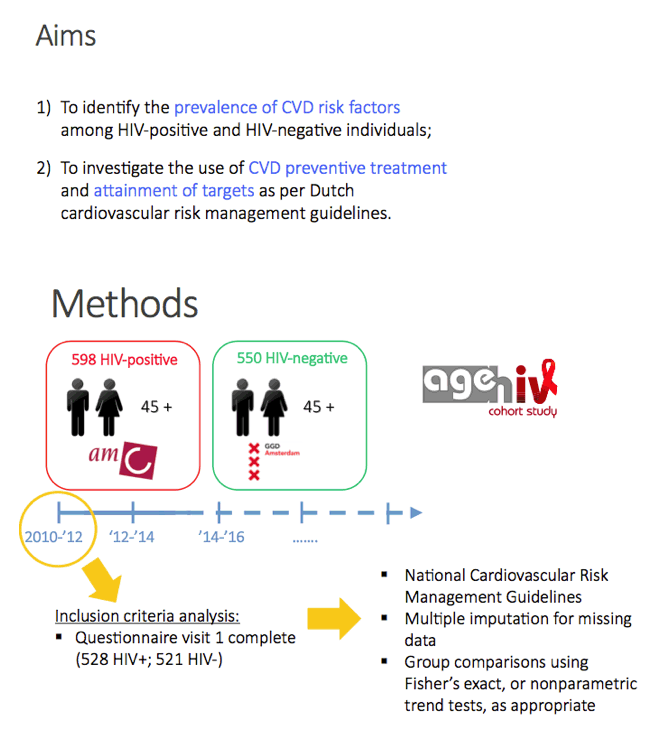
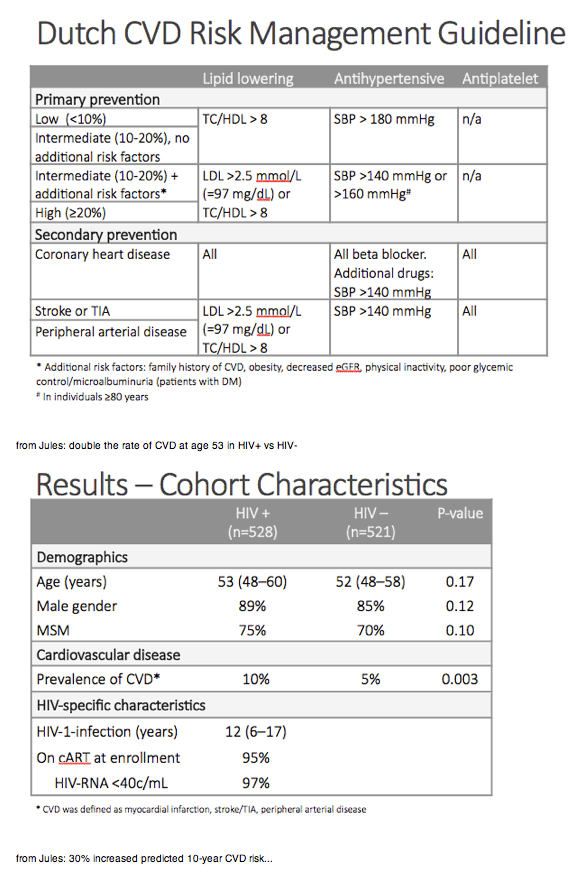
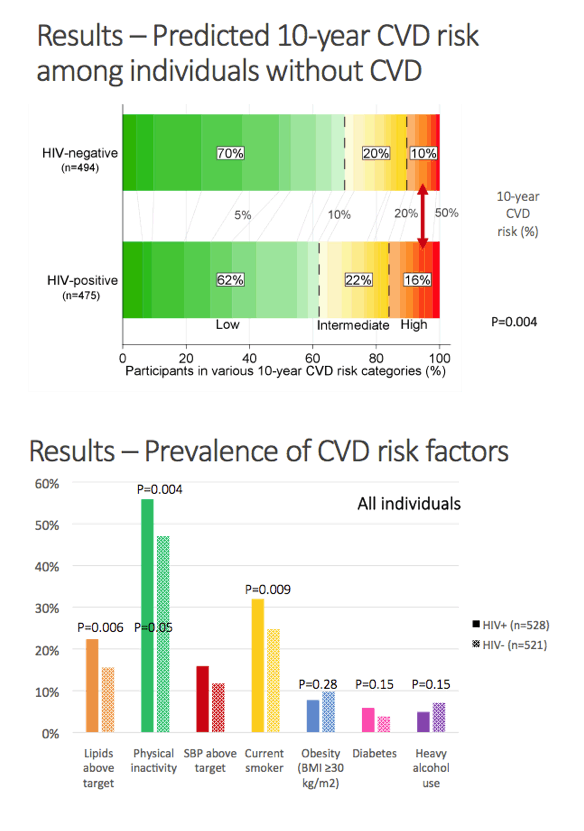
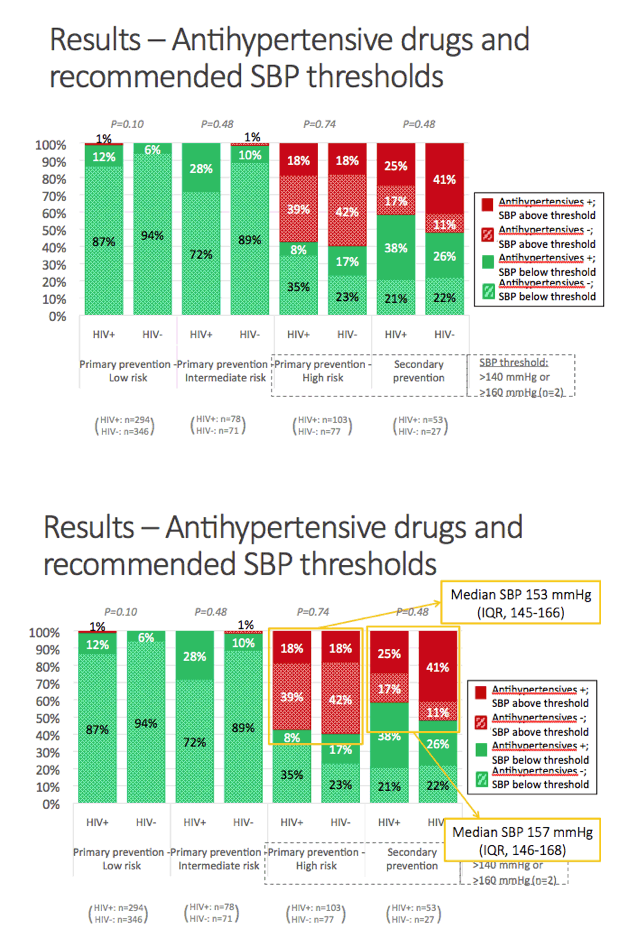
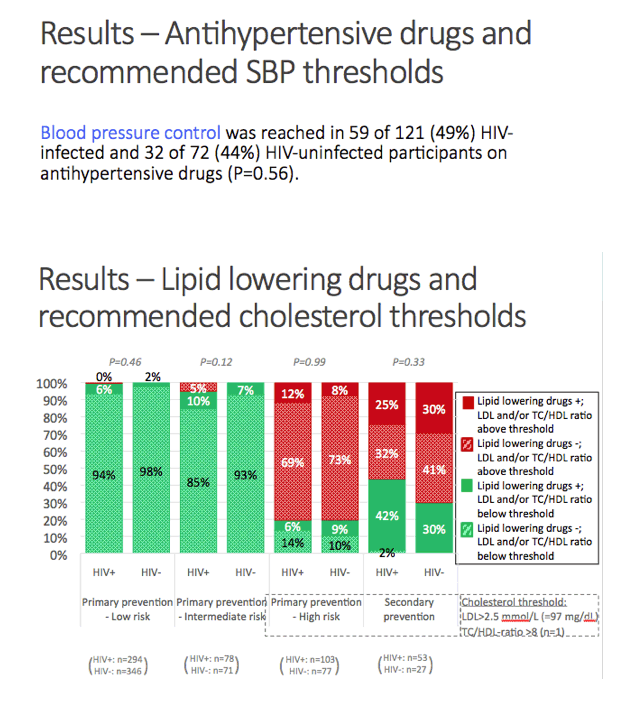
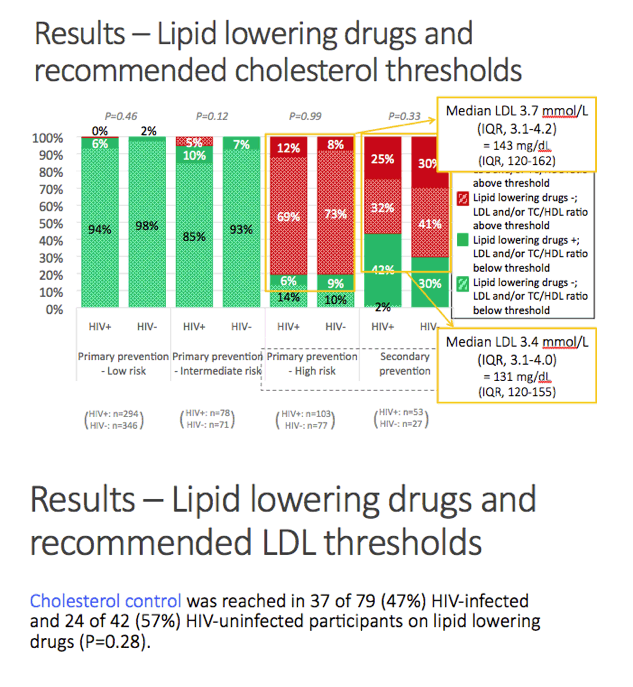
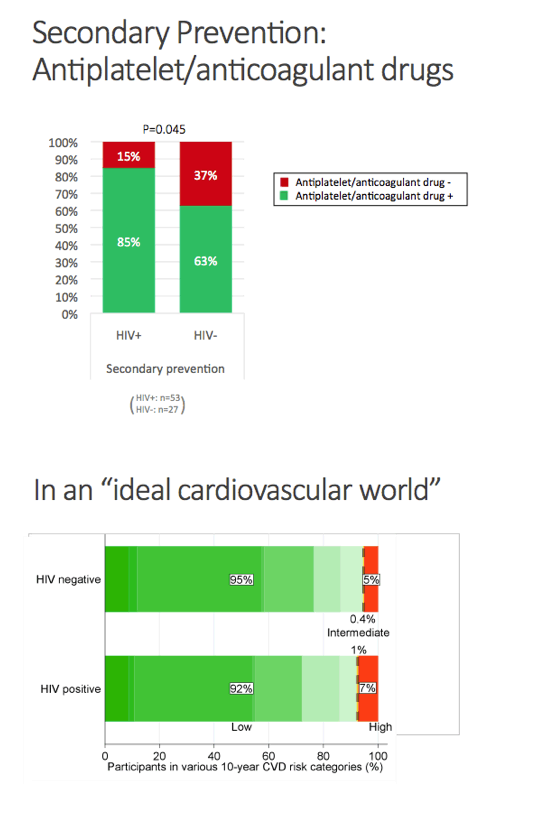
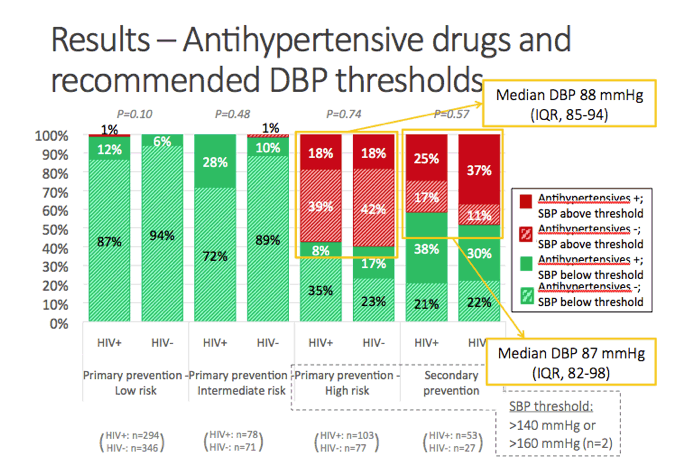
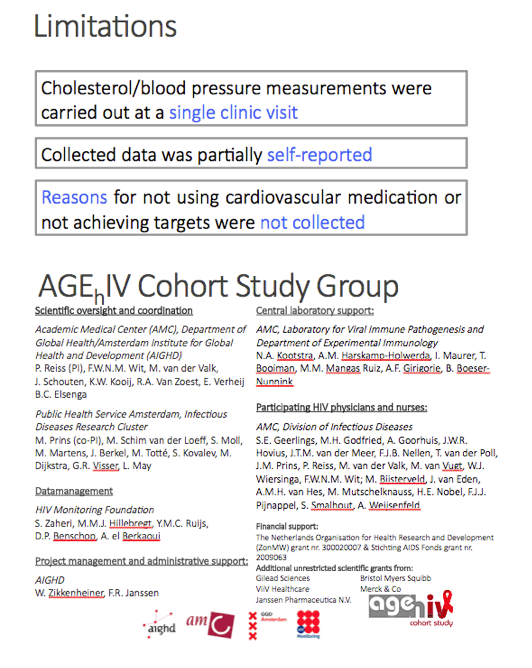
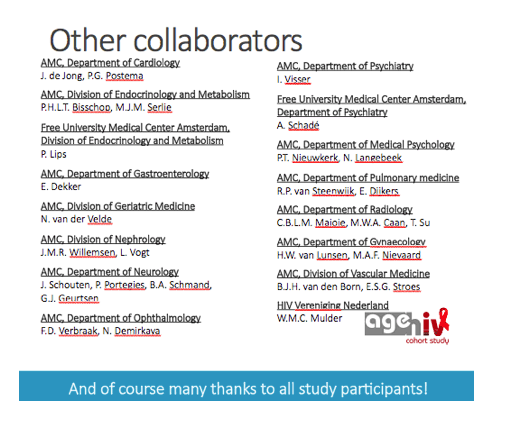
|
| |
|
 |
 |
|
|